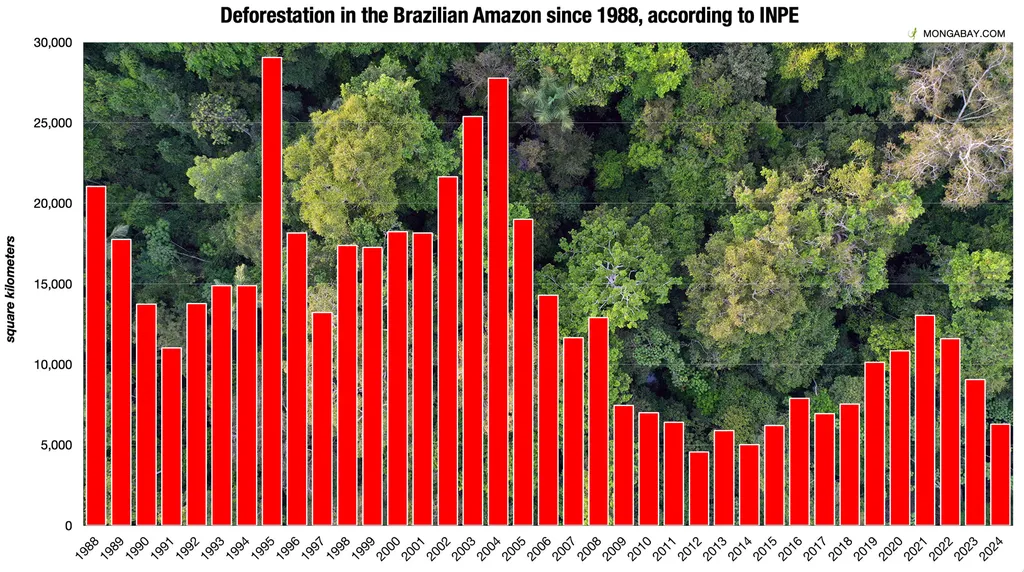The world’s forests, critical carbon sinks that cover about 30 percent of global land area, are under threat due to inadequate climate plans submitted by countries to the U.N. While progress has been made in curbing emissions from deforestation, the current plans fall short of providing robust protection for these vital ecosystems. Instead, they lean heavily on tree-planting schemes that experts consider unrealistic.
According to a new analysis by an international group of experts, countries’ climate plans would still result in the destruction of roughly 10 million acres of forest annually by the end of this decade. Additionally, another 40 million acres would be degraded each year due to logging, grazing, fires, and other threats. These figures highlight the urgent need for more comprehensive and effective strategies to protect and preserve the world’s forests.
The analysis also reveals that current plans involve using vast tracts of land for carbon drawdown measures, such as tree planting and forest restoration. In total, these measures would require 2.5 billion acres of land, an area larger than China. This raises concerns about the feasibility and potential unintended consequences of such large-scale interventions.
For the agriculture sector, these findings have significant implications. The continued loss and degradation of forests can lead to reduced agricultural productivity, as forests play a crucial role in maintaining soil health, regulating water cycles, and supporting pollinators. Moreover, the conversion of forests to agricultural land can result in lower yields and increased vulnerability to pests and diseases.
Investors in the agriculture sector should take note of these trends and consider the long-term risks associated with deforestation and forest degradation. As the global community increasingly focuses on climate change and sustainability, there is a growing demand for agricultural products that are produced responsibly and do not contribute to deforestation. Investors should prioritize companies and projects that adopt sustainable practices and contribute to the protection and restoration of forests.
Brazil, the host of this year’s U.N. climate negotiations, has announced a plan to provide up to $4 billion yearly to countries that protect their forests. While this initiative has been praised, experts argue that it falls short of what is needed to safeguard forests effectively. They emphasize the importance of addressing the underlying causes of deforestation, such as poverty and economic pressures that drive poorer countries to exploit their forests for commercial logging, mining, and industrial farming.
To ease the burden on tropical forests, rich countries can play a crucial role by offering debt relief to poorer countries and reforming tax and trade rules that favor industries plundering forests. By taking these steps, the international community can help create a more sustainable future for both forests and the agriculture sector.

